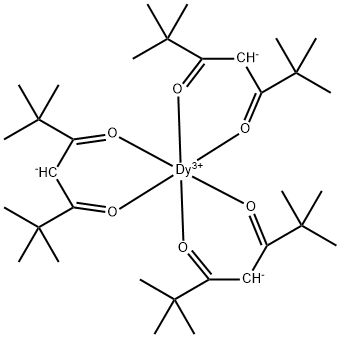Tea tree oil , Medicinal grade , 68647-73-4
Synonym(s):
Melaleuca alternifolia;Melaleuca alternifolia oil;Melasol;Tea tree oil
CAS NO.:68647-73-4
Empirical Formula: Null
Molecular Weight:
MDL number: MFCD00132409
EINECS: 232-293-8
| Pack Size | Price | Stock | Quantity |
| 100g | RMB63.20 | In Stock |
|
| 500G | RMB227.20 | In Stock |
|
| 1kg | RMB399.20 | In Stock |
|
| 5KG | RMB1599.20 | In Stock |
|
| others | Enquire |
PRODUCT Properties
| alpha | D +6°48 to +9°48 |
| Boiling point: | 165 °C(lit.) |
| Density | 0.878 g/mL at 25 °C(lit.) |
| FEMA | 3902 | TEA TREE OIL |
| refractive index | n |
| Flash point: | 147 °F |
| storage temp. | 2-8°C |
| form | liquid |
| color | Colorless to light yellow |
| Odor | at 100.00 %. citrus spicy terpenic nutmeg pine |
| Odor Type | spicy |
| optical activity | [α]20/D +9.4°, neat |
| biological source | Melaleuca alternifolia |
| Merck | 13,9175 |
| EPA Substance Registry System | Tea tree oil (68647-73-4) |
Description and Uses
Tea tree oil is an oil from distilled leaves of Melaleuca alternifolia. Pale yellowish green oil of a warm spicy aromatic terpenic odor. Common allergens present are D-limonene, -terpinene and aromadendrene. It is used as antiseptic; remedy for various skin and nail conditions; in household products like cleansers, laundry agents, and fabric softeners; some perfumery uses (herbal; nutmeg; mint; pine)
tea tree oil (Melaleuca alternifolia)(Australian tea tree oil) is considered a natural preservative with anti-septic, germicidal, and expectorant properties. Its anti-microbial activity toward a wide array of bacteria allows it to promote healing. It is becoming recognized as a topical remedy for yeast, fungus, and skin disorders and infections. Tea tree oil exhibits positive benefits against seborrhea, psoriasis (reduces scaling and redness), eczema (stops itching and reduces redness), and dermatitis. It has been used by Australian Aborigines to treat cuts, wounds, and skin infections, and by european explorers as an herbal tea. This oil’s ability to dissolve pus without causing visible or apparent damage to the skin’s surface was noted by doctors when using it to clean the surface of infected wounds. It is also ideal for aromatherapy, given its low toxicity. Although effectively used on almost any skin type, except sensitive or couperose skins, it is particularly beneficial to acne, problem, and/or congested skins. Tea tree oil is obtained from distilling the tree’s leaves to produce a pale yellow to colorless oil that has a camphor-like scent similar to eucalyptus. Studies indicate it to be nontoxic with negligible to no irritancy.
Safety
| Symbol(GHS) |  GHS07 |
| Signal word | Warning |
| Hazard statements | H302 |
| Precautionary statements | P264-P270-P301+P312-P501 |
| Hazard Codes | Xn,Xi |
| Risk Statements | 22-36/37/38 |
| Safety Statements | 26-36 |
| WGK Germany | 3 |
| RTECS | RJ3697600 |
| Hazardous Substances Data | 68647-73-4(Hazardous Substances Data) |
| Toxicity | LD50 orally in rats: 1.9-2.6 ml/kg; dermally in rabbits: 5.0 g/kg (Halcón) |




